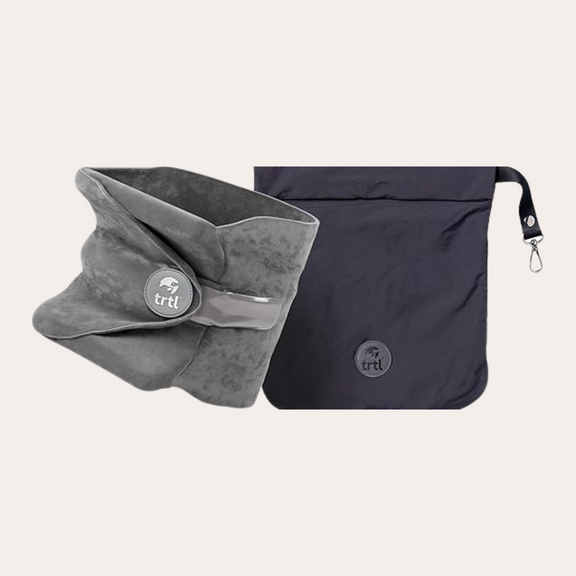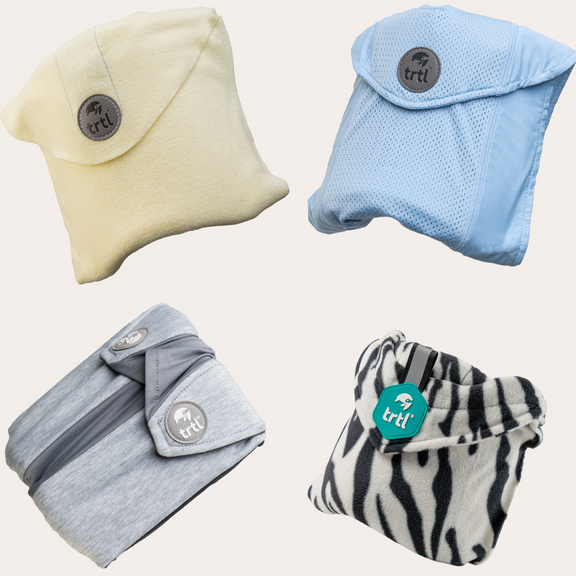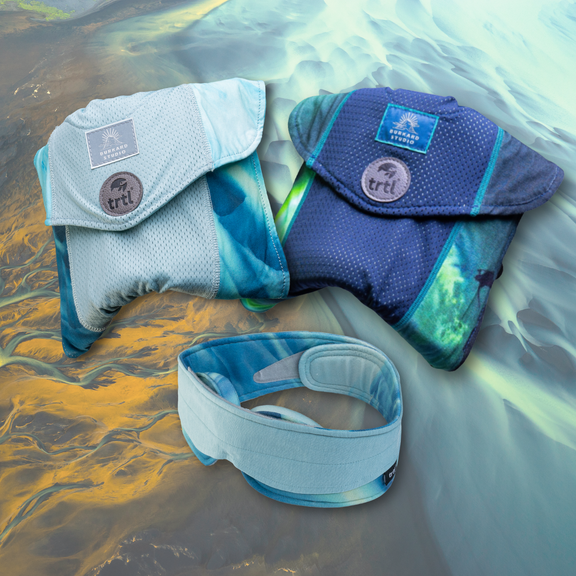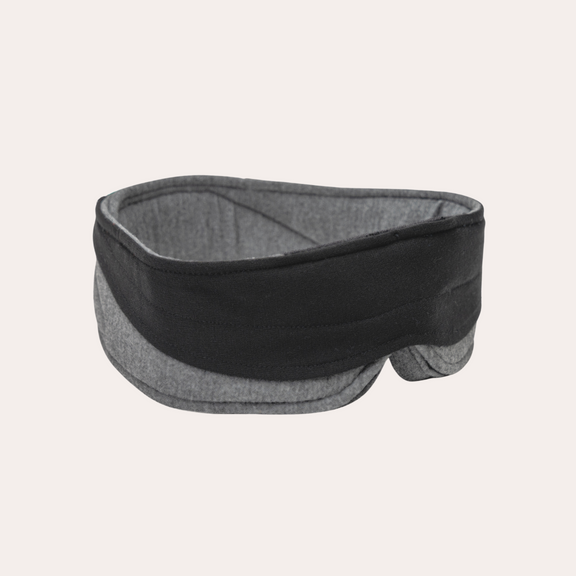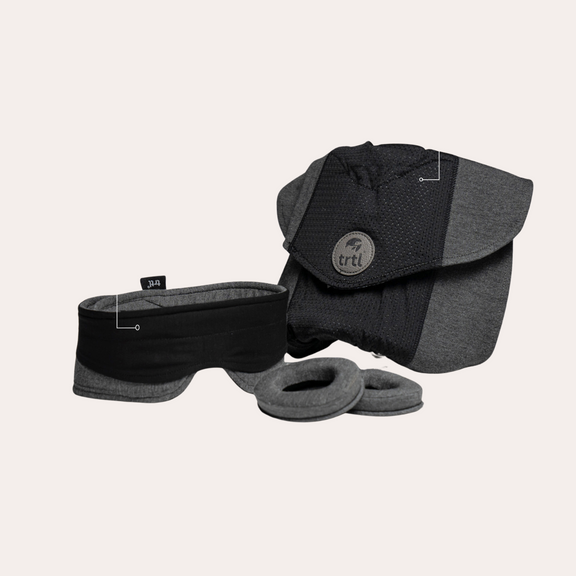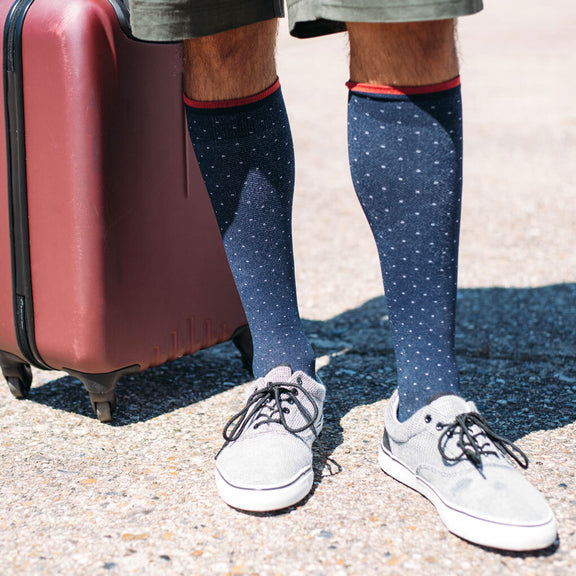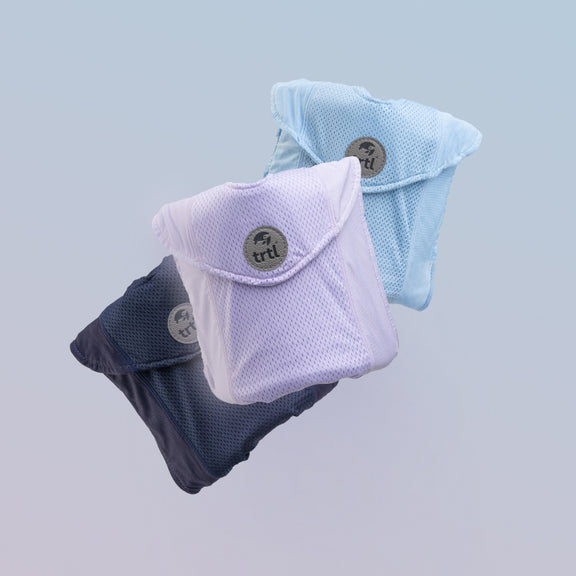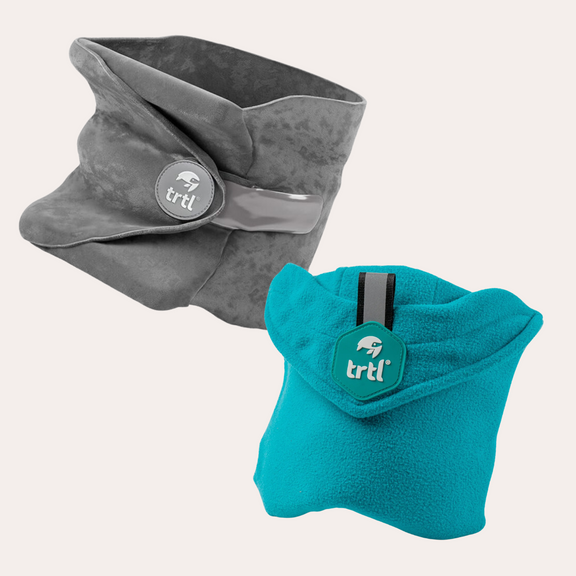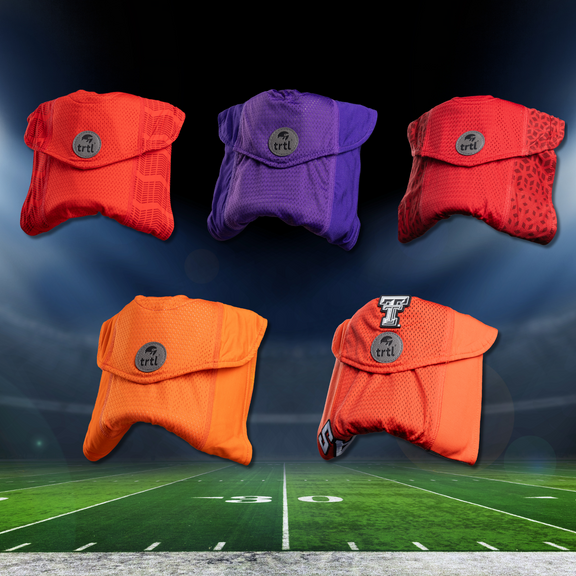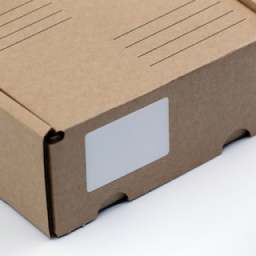Oct 10, 2019
Renee Rouleau: How To Save Your Skin When Traveling
By
Kerry Martin
Renee Rouleau is a celebrity aesthetician and skincare expert, with over 30 years’ experience in transforming the skin of thousands of her patients. With her own skincare line, a wildly successful blog and skin that’s lit from within, Renee’s a cult favourite.

I was lucky enough to chat with Renee recently and ask her advice on how to look after your skin when traveling, particular flying.
Hi Renee. What happens to your skin when you fly on an airplane?
Airplane cabins have low humidity which causes extreme dehydration and dryness to the skin. Dry air will always seek moisture wherever it can get it and that means it’s going to take it directly from deep within your skin.
When skin has no water, it attempts to compensate for the dehydration by producing more oil – not ideal for those who suffer from oily skin. For dry skins that have no oil glands, the skin will be depleted of moisture. Simply put, airplanes can cause problems and wreak havoc for ALL skin types.
What is the one crucial item that I should take on a flight to look after my skin?

What’s important to understand is that skin dehydration is a temporary condition, and you are sometimes fighting a losing battle doing a bunch of stuff when you are on the plane because it’s very easy to fix the problem the minute you arrive.
In saying that, there are a couple of things you can do that will make a difference. If you can, get a window seat so that you can close the shade. The sun’s rays are stronger at 30,000 feet and you don’t want to risk sun damage, which is the number one cause of aging skin.
"The most crucial item is a sunscreen and making sure you are getting that right."
Ensure pre-flight that you apply a sunscreen to your face and neck. Keeping skin hydrated isn’t going to help protect skin against the sun.
If you are traveling on a long-haul flight overnight the most important product is skin oil. Pat oil on your skin every hour, this will create a barrier over the skin because a lot of moisturizers evaporate when you fly, as they are water-based.
If you like to have a ritual when you are flying, you could wash your face and put on a nice moisturizing face mask. If you choose to do this, just remember when you rinse it off to put on a skin oil to create that crucial barrier and keep skin moisturized.
What should I do pre/post-flight to help my skin recover?

When you travel by airplane the normal routine that your skin recognizes goes out of whack. Busy airports, dirty hands, touching your face, flying and public places increase your skin’s exposure to germs. With the added stress of dehydration, your skin is severely out of its comfort zone. When your skin is altered like this, it can cause a shift that means your skin acts differently as a result.
"When traveling, the skin is severely out of its comfort zone and will behave differently."
A lot of people post-flight will breakout because the skin is dehydrated, with dead skin cells and surface oils trapped under the skin. Other factors such as new foods and different climates can add to skin’s stress.
Post-flight, your skin will benefit from a total reset. If you can, do an exfoliating peel followed by an anti-bacterial mask. I recommend Renee Rouleau’s Rapid Response Detox Kit, from my own skincare line.
The kit contains a travel size peel and a mask that you should use when you arrive at your destination. Both products put lots of water back into the skin and the peel dissolves any dead skin cells. It has an anti-microbial effect on any bacteria on the skin that causes breakouts, disrupting the process.
The kit also contains a cleanser and toner which will help reset skin. The goal with the kit is to tell the skin to behave in its new environment.
What should you not do on a flight that is bad for your skin?

Mist. I would never use a mister. The main reason for this is because water attracts water and when you mist your skin, the water from the mist will attract moisture from underneath your skin. As water will always go to the driest area – in this case, the cabin air, misting the skin will make the moisture within your skin evaporate out, leaving it tight, dry and dehydrated.
The only time I would recommend using a mist is if you apply a skin oil on top – this will act as a barrier and keep the moisture in.
(Check out Renee’s awesome blog post on the experiment she carried out to prove that airplane travel causes skin dehydration).
What should I do if I experience oily skin on a flight?
The best thing to do is blot the skin with blotting paper or powders, or even just a regular tissue from the bathroom. I would then advise doing a peel and mask post-flight to help the skin recover – my Rapid Peel Duo will take care of this!
What should I do if I get a blemish?

A blemish has a lifecycle to it, and the problem is that people use one product to try and remedy the different types of blemishes at various stages.
When you get a blemish, one of two things will happen. If you never touch it and let nature run its course, the infection will stay under the skin and the body will eventually reabsorb it (particularly with acne cysts. Or within one to three days, the infection will work its way to the surface resulting in a whitehead filled with puss. This is the body’s natural way of ridding itself of bacteria.
"A blemish has a lifecycle to it, and the problem is that people use one product to try and remedy the different types of blemishes at their various cycles."
If it’s a hard bump under the skin, this is called an acne cyst. Mostly occurring in the chin and jaw areas, it is important to remember that cysts are like submarines; they are meant to stay under the skin. No matter what method you employ, it will never rise to the surface, so picking it will never help.
If it’s a blemish where the infection will surface with a yellowish whitehead: it’s a more traditional zit or blemish. The best course of action is to not act the minute you feel it coming on, instead wait a day or two for the infection to appear on the surface. Waiting will allow you to effectively control the blemish without damaging the skin. Once the whitehead is truly visible, gently squeeze out the infection with your fingers, then apply a spot-drying treatment. If you apply a drying treatment before the whitehead is on the surface, it will simply dry out the surface of the skin keeping the infection trapped underneath for longer.
If you’re in doubt about what to purchase and how to treat your blemish, then I recommend trying my Zit Care Kit, which helps treat both types at every stage in the process. It includes step by step instructions on how to get rid of it fast, too!
Should I wear sunblock even if the place I am traveling to is not sunny?

The rule of thumb is that if you are being exposed to daylight – which most of us are – then yes you need sunscreen. There are two different types of rays – UVA and UVB. UVB are the ones that cause you to tan and color. UVA rays, however, are the cancer-causing rays and the ones which cause DNA changes to the skin that cause wrinkles and premature aging all year round. UVA rays even penetrate through windows and clouds, so to prevent any type of skin damage use sunscreen wherever you are, 365 days a year.
How should the routine that I follow at home change when traveling?

Dehydration and breakouts are the two most common problems your skin is likely to experience when you travel. Using the products in my Detox Kit that I mentioned earlier will help keep your skin balanced whilst it goes through the stresses brought on by traveling. In the run-up to travel, you may wish to switch to an anti-bacterial cleanser and exfoliate more. You should then follow the post-flight routine with the peel and mask once you have arrived at your destination.
I use many different skincare products at home, should I take them all with me? What if I can’t due to hand luggage restrictions?
The basic products that you will need to take effective care of your skin is a cleanser, and a moisturizer (one with sunscreen for during the day and a non-sunscreen moisturizer for night-time). I also recommend some sort of exfoliant and a hydrating mask to put the moisture back into the skin. Slip in a toner if you want to, it’s hydrating when left damp on the skin after cleansing and before applying your moisturizer.


